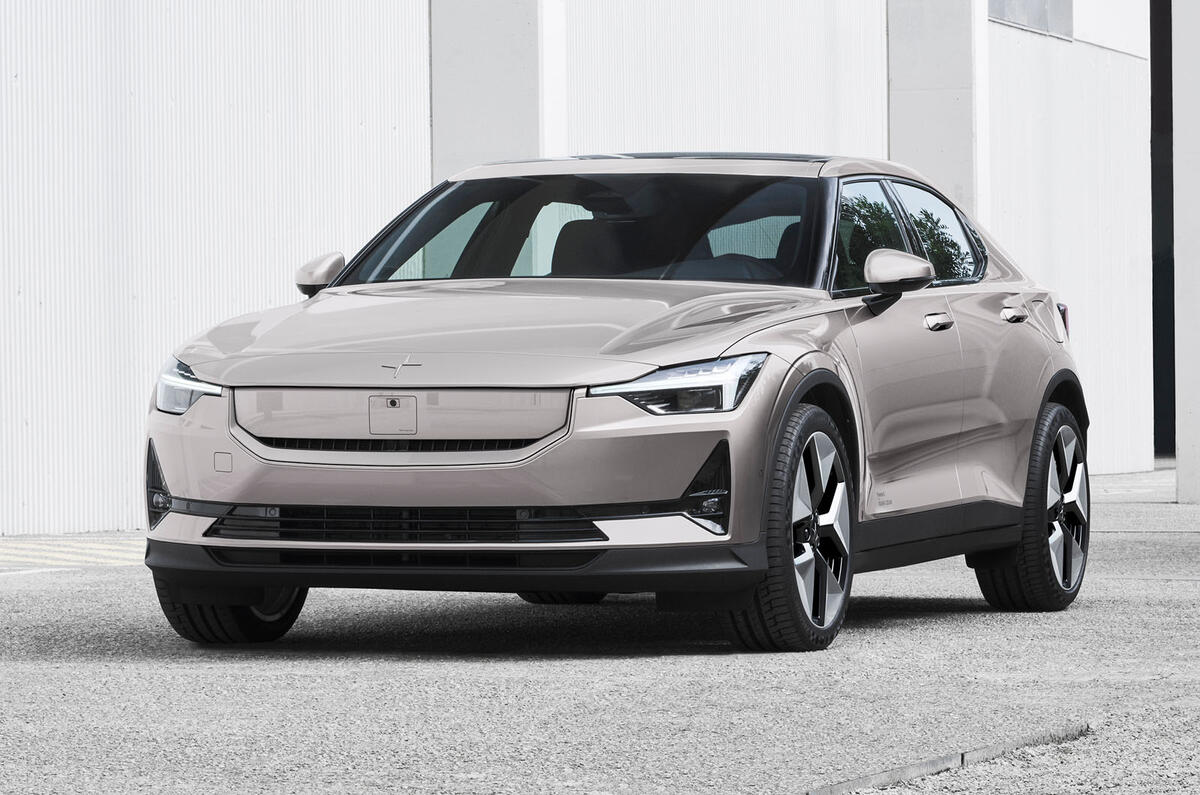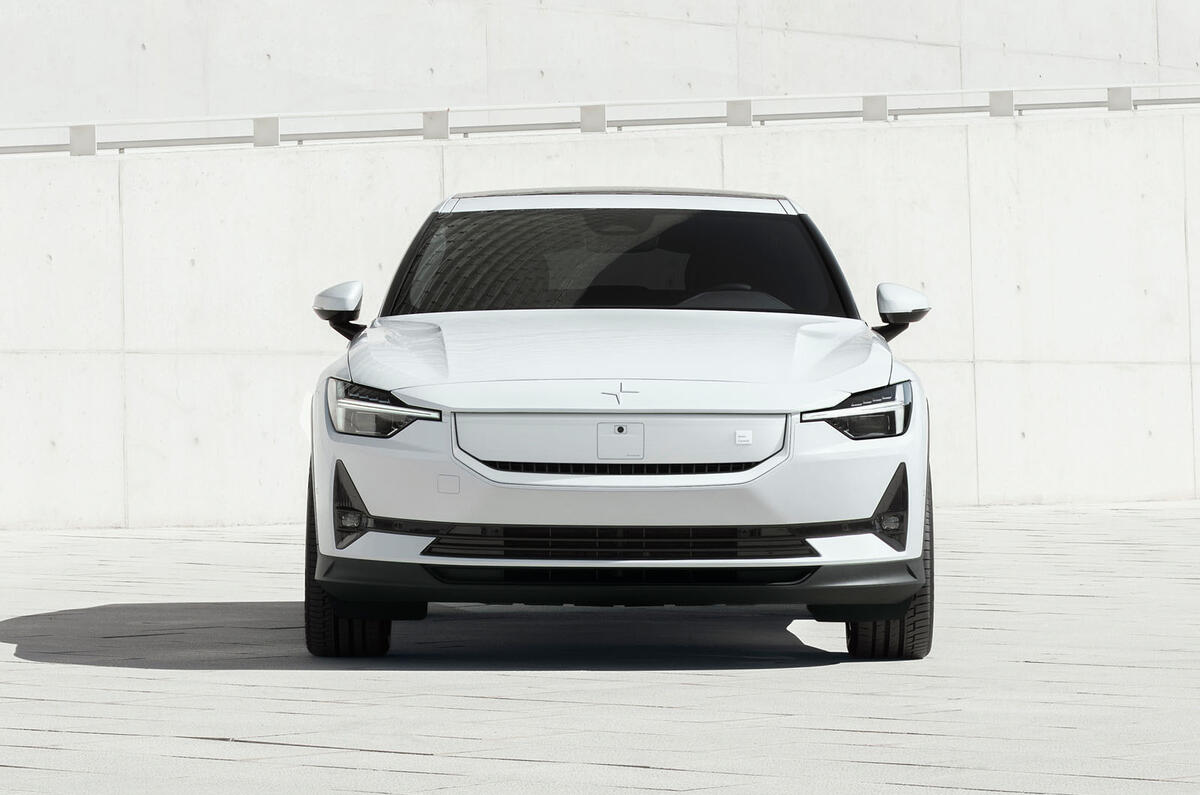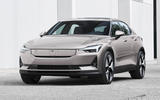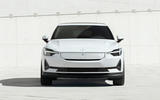Increased power, performance and range, as well as a move to a rear-wheel-drive layout, are key changes to the updated Polestar 2, which will arrive later this year.
Available to order now with a £2800 bump in starting price, the 2’s update is more than just cosmetic. Single-motor versions of the electric saloon are now rear-driven, having previously been front-driven, in a move to increase efficiency and improve range.
Parent company Volvo has recently undertaken the same move with its XC40 Recharge and C40 Recharge EVs.
This move to a rear-drive set-up has been something that Polestar has been looking at “for some years”, chassis-development head Joakim Rydholm told Autocar.

The change has also helped with other aspects of the car, giving it “slightly improved comfort and handling” while “keeping the same DNA”, he said.
“We start from a very good platform; we were very happy. But now when we change the rear wheel, we have lifted comfort [and] improved the agility, the steering position and the speed of response at the front axle.
“The whole car feels a little bit more agile and even a little bit lighter.”
This is similar to the dual-motor version of the 2, which is now tuned with a rear-biased torque split that “increases driving pleasure and performance”.













Join the debate
Add your comment
I am able to create $88/h to complete few jobs on home computer. c3 I’ve never thought that it’s even achievable but my closest mate earning $25k only within five weeks simply working this leading project & she had convinced me to join…Discover extra details by going following link........ EarnCash7.com
Blimey, a post regarding the ID3 update made the point about it being a bit early, on par with a Mk4 Escort.
Anyway, following in wheel tracks of a Model 3, how did they get it so wrong.
Intrigued by the change from FWD to RWD. I remember reading Porsche stating it was a no-brainier to put a motor on the front axle as it was far more effective to recover energy.
Strange, why would Porsche say that when the 2wd version of the Porsche Taycan is RWD
It was relating to the Cayman size Mission R concept and the fact they made it 4WD. If it was only to be FWD or RWD I'm not sure Porsche could bring themselves to make a FWD car, whatever the stats said !!
I wonder if they've worked on efficiency, or just lobbed in a bigger battery. IIRC they were are least 20-30% less efficient than a Tesla (tho so is everyone else in fairness)
What about Audi?, the made an R8 RWD, what's the reasoning behind that?